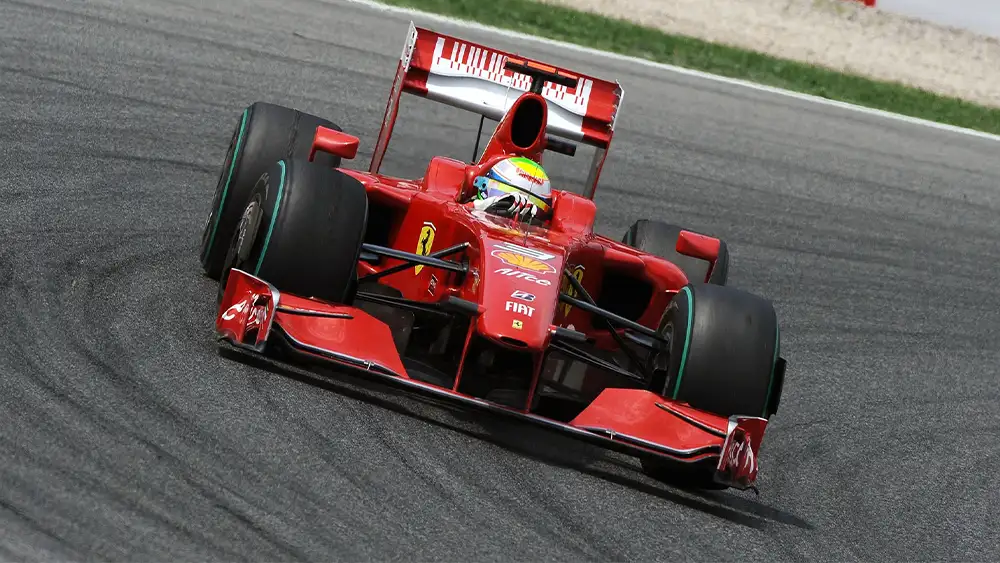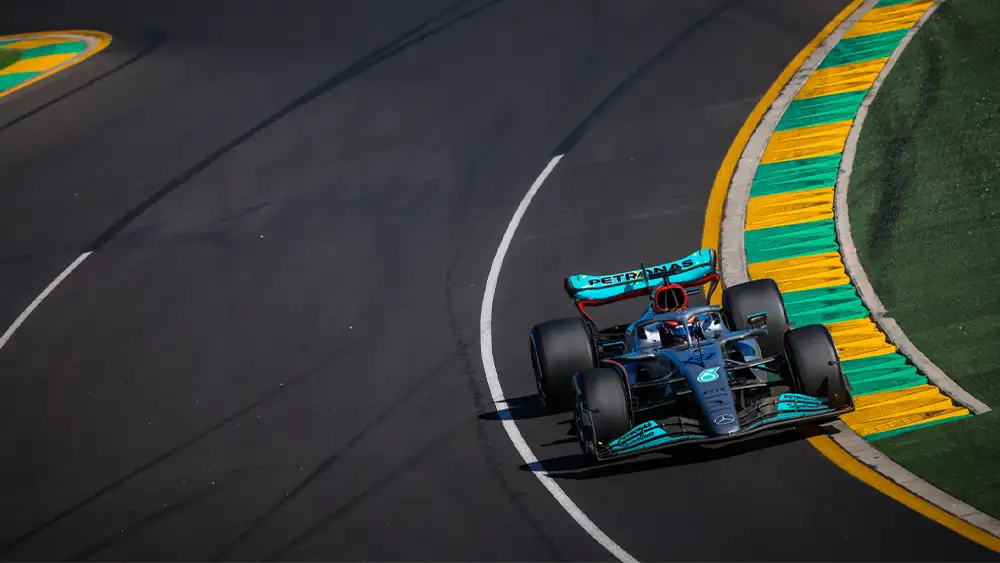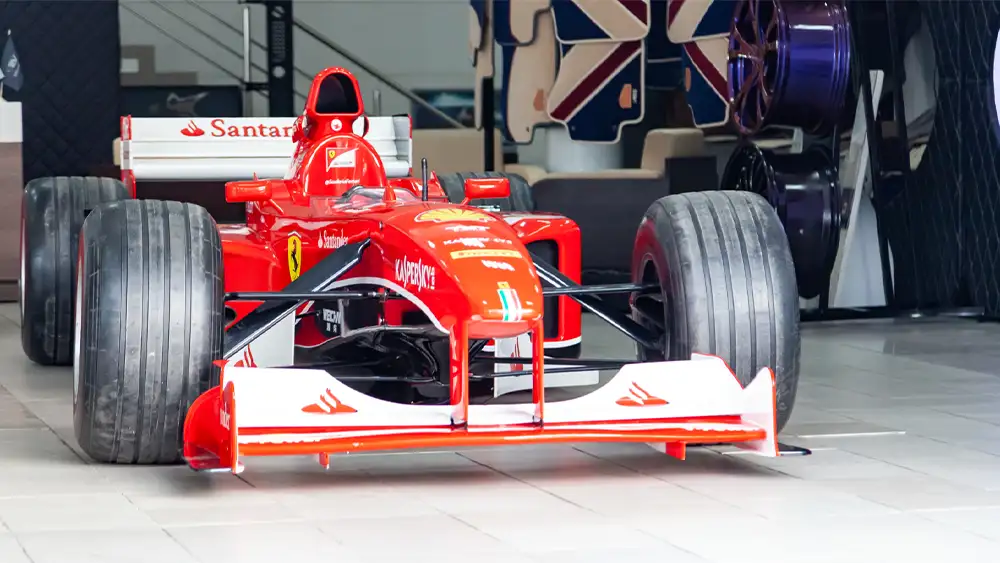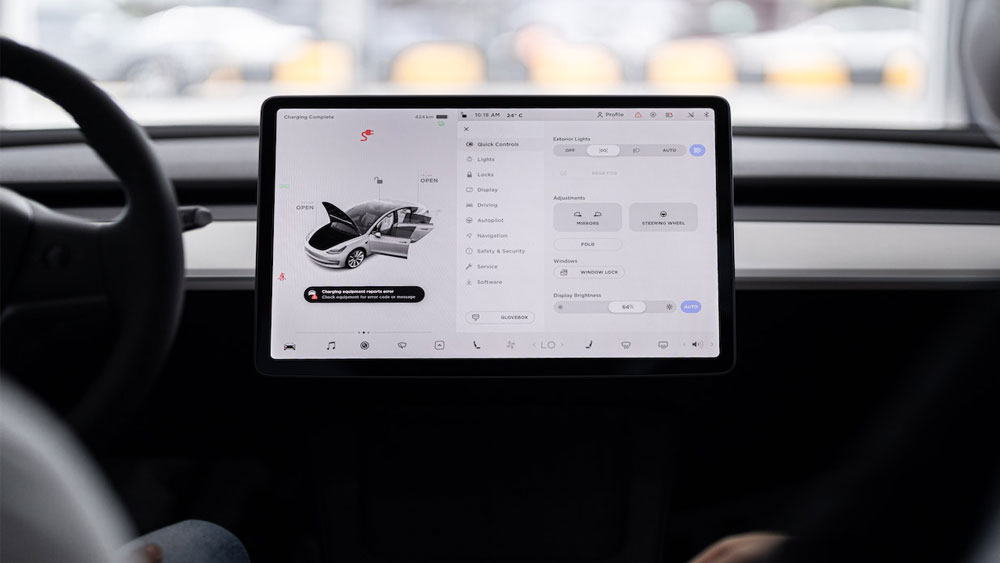How Fast Can F1 Cars Really Go?

Did you not know that an F1 car once reached 372 km/h (231 mph) in a Grand Prix? And that the same type of machine, deprived of wings and propelled down the salt-flats, has overcome almost 398 km/h (247 mph)? Those figures seize your throat as a late-braked chicane seizes a wing endplate.
However, speed in Formula 1 is not merely a newspaper headline figure; it is a juggle between sheer velocity, downforce, tire grip and the vagaries of any particular circuit.
In this post, I will take you through the highest numbers, the reasons why certain tracks such as Monza and Monaco give such different experiences, the technology that goes behind the speed, the reasons why the rules can sometimes slow the cars and the future of the F1 performance.
The Headline: Top Speeds (race vs. test)
The highest recorded speed in a Grand Prix was when Valtteri Bottas achieved a speed of 372.5 km/h (231.4 mph) while driving Williams FW36 at the 2016 Mexico City race weekend – a figure that is enshrined in the record books since the FIA used the official speed traps to record it. Bottas managed to go even higher in Baku qualifying that year (2016), with telemetry and team measurements recording speeds around 378 km/h (234.9 mph) under DRS and slipstream.
If you step outside the constraints of Grand Prix running, teams have pushed further. In a famous land-speed attempt at the Bonneville Salt Flats, BAR/Honda ran a modified F1 car to an FIA-certified ~397–398 km/h (≈247 mph), a number often used to answer the “how fast can they go?” question in absolute terms. This shows F1 cars are capable of competing with the world’s speediest production cars from Bugatti and Koenigsegg.
Also read: Best Car Mods
But before we get carried away — those salt-flat runs are special-case scenarios. They don’t reflect the aerodynamic, tyre and scrutineering limitations of normal Grand Prix cars on circuit.
Monza vs. Monaco: Two Extremes of the Same Sport
Put it simply:
Monza is built for speed, Monaco for precision.
At Monza, the so-called “Temple of Speed,” cars spend the bulk of a lap flat out. The fastest average qualifying lap ever recorded — Lewis Hamilton’s 1:18.887 at an average of 264.362 km/h (164.267 mph) — underlines how quickly an F1 car can thread a high-speed lap when the layout allows it. Race-lap averages and single-lap averages at Monza are consistently among the highest on the calendar i.e. 1:20.901 (official record)
At Monaco, the picture is different: twisty, tight and unforgiving. Top speeds in the tunnel or down the short straights only hit a fraction of Monza’s numbers.
It demands precision similar to what drivers need when they race street racing machines on urban circuits. The emphasis there is mechanical grip, steering precision and the driver’s nerve; peak straight-line speed is rarely the deciding factor. The slowest average lap speeds is 150 km/h per lap while the top speed is 290 km/h; which makes Monaco 40–60% slower than Monza’s figures depending on conditions. Motorsport Magazine’s rundown of fastest circuits highlights exactly how layout drives average and top speeds.
In plain terms: an F1 car on Monza trim will hit 330–360+ km/h on the long straights depending on conditions; in Monaco that same car (high downforce setup) might only top out at 240–280 km/h in its quickest straight. The setup choice is a trade: more wing = slower top speed, but much higher cornering speed.
Acceleration: F1 Cars launch Harder than you Think

Numbers vary by source and era, but modern F1 cars will commonly do 0–100 km/h run in around 1.6 to 2.7 seconds, depending on traction, gear selection and hybrid deployment. On paper, the power-to-weight ratio suggests even quicker sprints are possible, but tire traction off the line and the need to manage the hybrid systems temper the real-world figure.
For comparison: many fast road sports cars do 0–100 km/h in roughly 4–5 seconds; regular family cars are often 8–12 seconds. So yes — standing starts in an F1 car are a different universe.
The Technology that Makes those Numbers Possible
Speed on an F1 car is not just horsepower. It’s an orchestra of engineering.
Aerodynamics
F1 aero has nothing to do with going faster in a straight line. The wings, underfloor, diffusers and well-shaped bodywork create large vertical loads that allow cars to corner faster than virtually anything on four wheels.
The F1 design cues even have inspired road cars like certain high-end Lambos that borrow F1’s fighter-jet-like aesthetics. The trade-off is drag: the lower your drag, the faster you are; the more downforce you have, the faster you are through corners. The recent regulation cycles (especially 2022 and the 2026 rule changes) have pushed teams and designers toward various tradeoffs in wake control, downforce distribution and overtaking performance.
Power Units and ERS
The contemporary F1 power units are 1.6 liter turbocharged V6s coupled with energy-recovery systems (ERS). A combination of the combustion engine and the ERS is capable of providing bursts that can effectively push peak power into 900-1000 hp range in brief spurts. The hybrid component (MGU-K, MGU-H, batteries) is important: instant boosts of torque and lap-time. Deployment and fuel consumption is highly restricted by the rules, meaning that teams have to squeeze efficiency and usable power out of a very small envelope.
Tires and braking
The interface between physics and the asphalt is the tires. Pirelli provides compounds that trade grip for life, and designing a car in such a way that the tires will work within a range is half the art. Brakes and carbon discs halt these cars with face-clenching power: in extreme cases of late braking at circuits such as Monza or Spa, decelerations of over 5 to 6 g are common practice.
Studies and Data you Should Know About
Check the Guinness World Records on Monza: they point out that Hamilton qualified at 264.36 km/h as the best average speed and that Juan Pablo Montoya had the outright top speed of 372.6 km/h in 2005. Then there is this interesting machine learning paper by F1 itself, based on cloud technology to rank the fastest drivers of all time – it turns out that Ayrton Senna beats Michael Schumacher by only 0.114 seconds in a lap with Lewis Hamilton right behind.
Meanwhile, a research paper in the National High School Journal of Science (NHSJS) studied the effect of the same 2022 regulations on car performance, with data to compare lap times, cornering behavior and top speeds, before and after the interpretation of the rules.
These studies aren’t academic dissertations, but they do show a consistent result: rule and tire changes shift where that precious lap time is found — often at the cost or benefit of peak top speed.
Why the Sport Sometimes Slows the Cars (rules and safety)
Top speeds are not necessarily an engineering constraint, but are limited by regulations to provide safety, spectacle and parity. The FIA determines fuel-flow limits, power unit constraints, aerodynamic packages and safety standards that hold cars within an envelope that the sport considers to be acceptable. Older eras (mid-2000s) produced terrifying straight-line numbers because rules were more permissive. In a deliberate decision to keep racing close and safe, modern rulebooks restrict some power and aero freedoms. The referees of speed are the technical and sporting regulations.
Safety: The Price of going Fast — and How it’s Paid
F1 spends as much time designing how drivers live through crashes as how quick a car is. The survival cell, energy-absorbing structures, halo, and crash testing standards are all governed by the FIA. Driver safety gear is equally uncompromising: multi-layer fireproof suits, FIA-homologated helmets and the HANS (Head and Neck Support) device are mandatory. Medical teams and marshals stand ready at every event; the pitlane and circuit medical response systems are drilled and precise. In a sport that runs at the ragged edge, safety is what lets drivers push.
The Fastest F1 cars — Quick list and Table

Fastest may have various connotations: peak trap speed in a race, qualifying runs, or absolute records in special tests. The following are a few of the headline entries:
| Driver | Team / Car | Speed | Year / Context |
|---|---|---|---|
| Valtteri Bottas | Williams FW38 | 372.5 km/h (231.4 mph) | 2016 Mexican GP — highest official race trap. |
| Valtteri Bottas | Williams FW38 | ~378 km/h (234.9 mph) | 2016 Baku qualifying / team telemetry (DRS + tow). |
| Alan van der Merwe | BAR / Honda (modified) | ~397–398 km/h (≈247 mph) | Bonneville Salt Flats, FIA land-speed runs (special test). |
| Kimi Räikkönen | McLaren MP4-20 | 370.1 km/h (230.0 mph) | 2005 Monza (speed trap). |
| Lewis Hamilton | Mercedes W11 | 264.362 km/h (164.267 mph) avg lap | 2020 Monza — fastest average lap in F1 history (qualifying). |
That table mixes peak trap speeds and average lap statistics because both are meaningful: one shows straight-line top speed, the other shows how fast a car is around a whole lap.
The Future: Where Speed, Sustainability and Racing Meet

F1 is entering a new age (the 2026 power-unit and aero packages) that will bring with it more electric power, sustainable fuel, and active aerodynamic components. That may translate into more short term bursts where it is needed, but the main goal is superior racing and less impact to the environment. Cars will evolve in shape and behavior; raw figures will continue to count, but the proximity of the racing will become even more vital to teams, drivers, and fans. This drama is already drawing audiences in blockbuster car films and documentaries, some of which are inspired directly F1 races like Rush.
Image by commons.wikimedia
FAQs
It depends on the metric. IndyCars can reach greater top speed on ovals, and Top Fuel dragsters blow everyone away in a straight line. That said, around a standard race circuit, an F1 car most likely will be the quickest due to its cornering and balance. However, in their typical race trim, both Indy and F1 cars cannot compete with the top hypercars of today’s era, like the Bugatti Bolide and the Koenigsegg Jesko, in a straight line. These are capable of hitting close to 300 mph top speed.
Not practically. 400 km/h quoted numbers are special runs (Bonneville or one-off straights with altered aero). Under normal Grand Prix conditions, 400 km/h is impractical because of circuit layouts, tire restrictions and safety rules.
The limiting factor is tires in many aspects: they should be able to provide grip, resist high temperatures and loads, and be predictable. Teams and Pirelli choose compounds and configurations, which compromise the highest speed in favor of tire life and cornering capability.
Future rules aim to change how speed is created – more hybrid power, smarter aero – while focusing on sustainable fuels and better racing. That doesn’t translate directly to “faster” or “slower” across the board; it will change where lap time is won.

news via inbox
Sign up and never miss out on the latest news and updates at HighStuff




